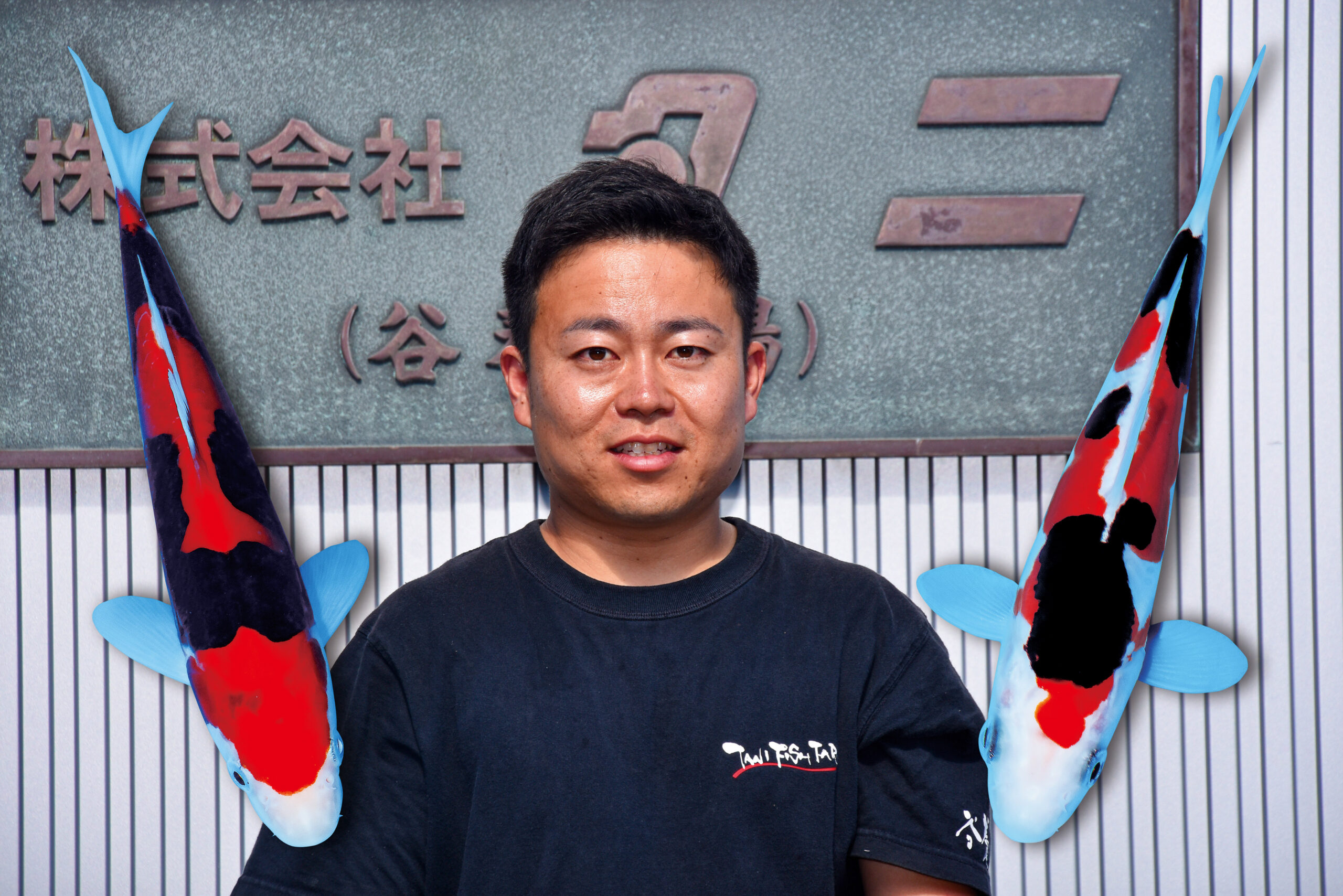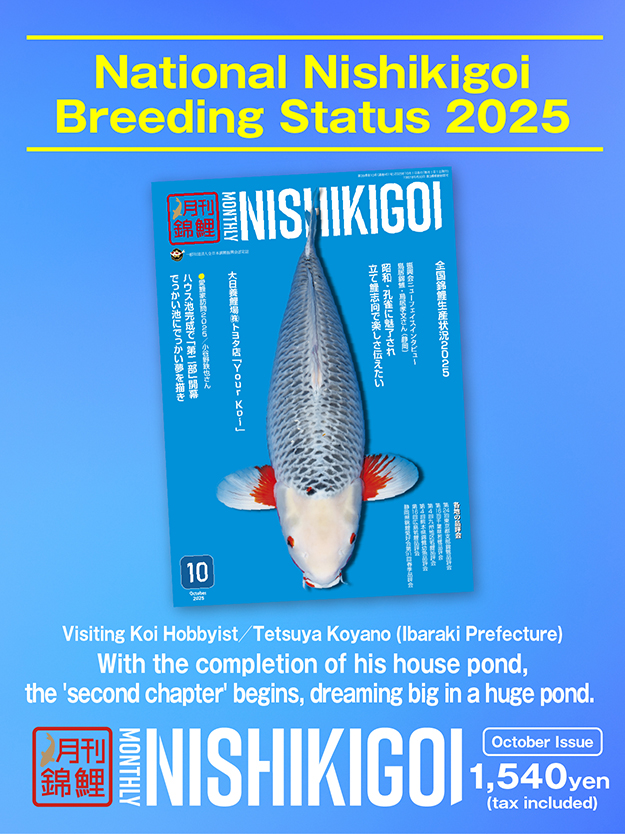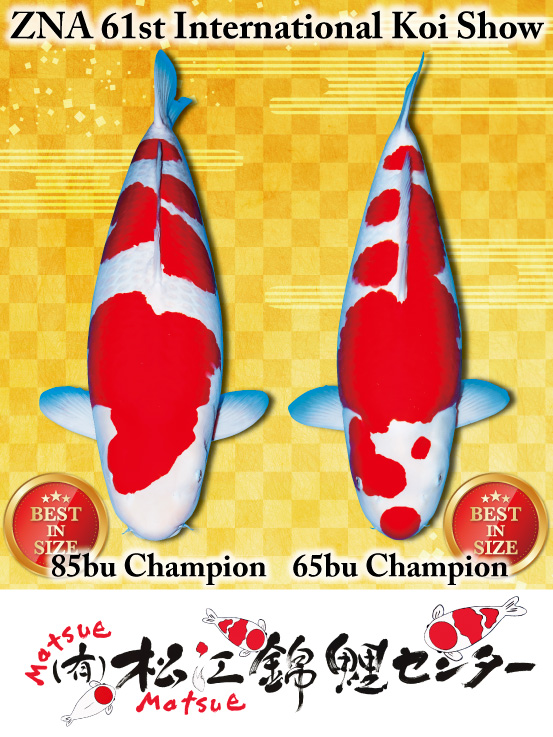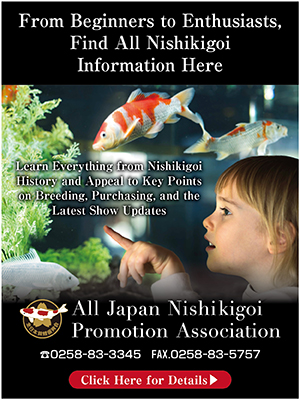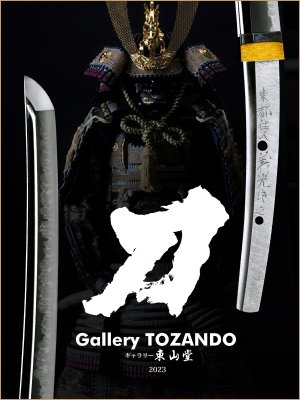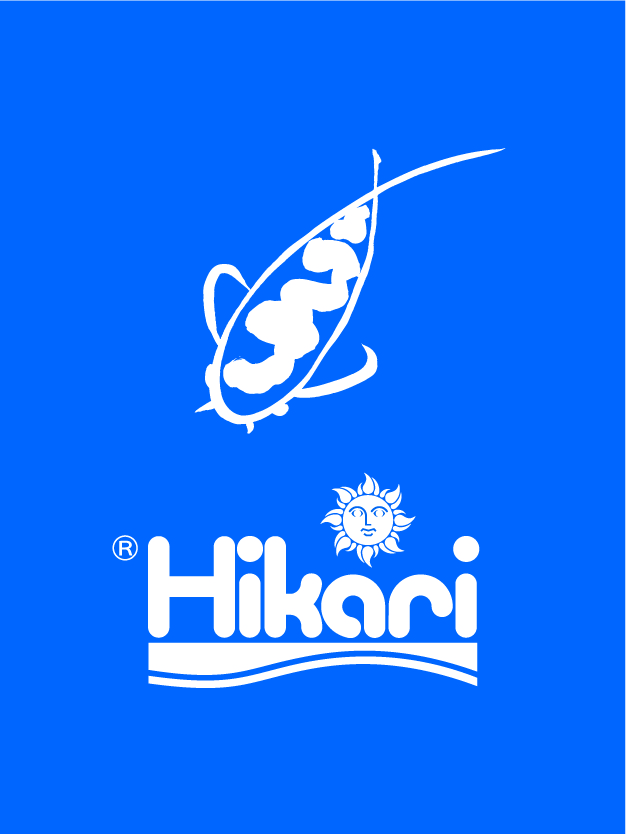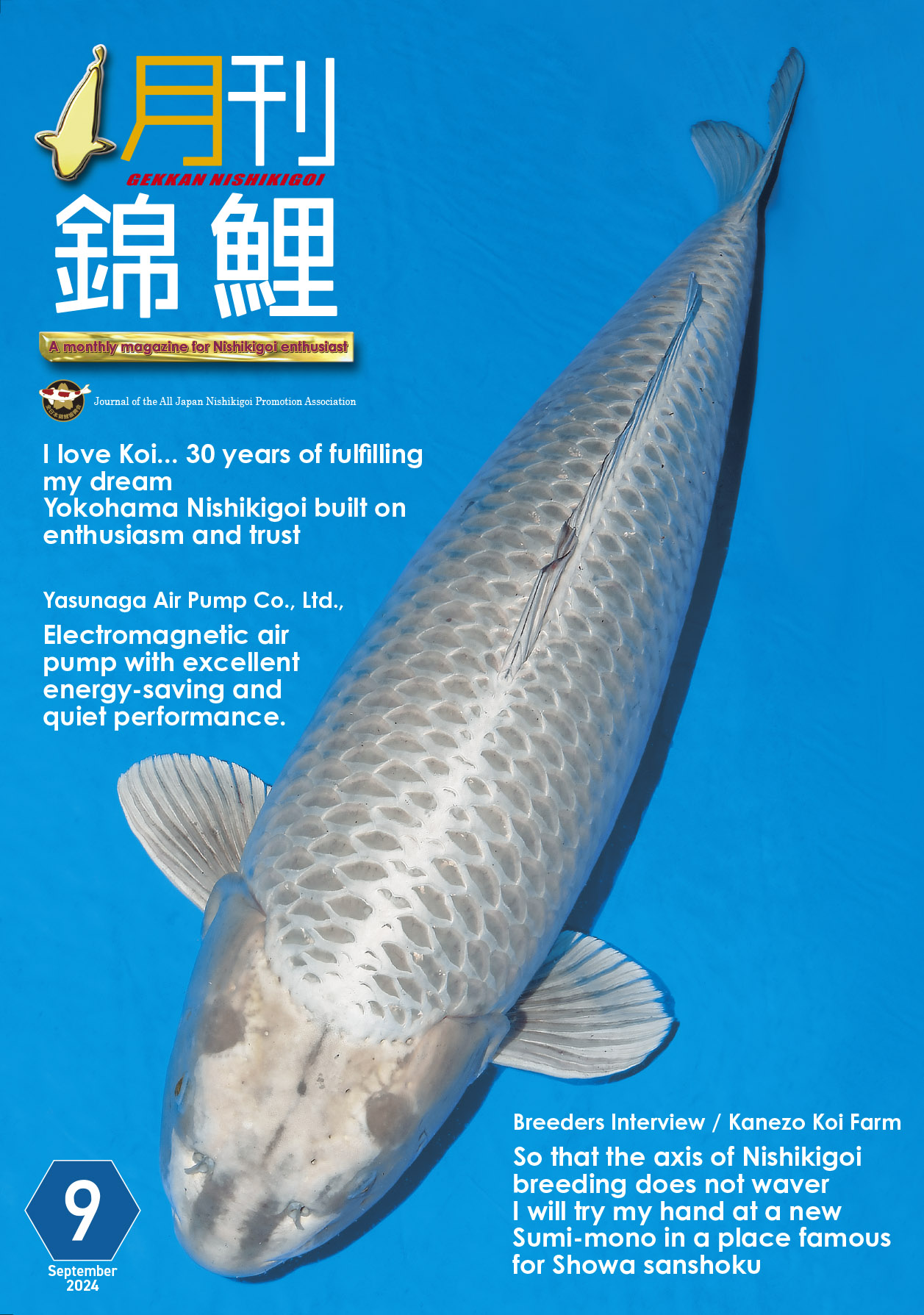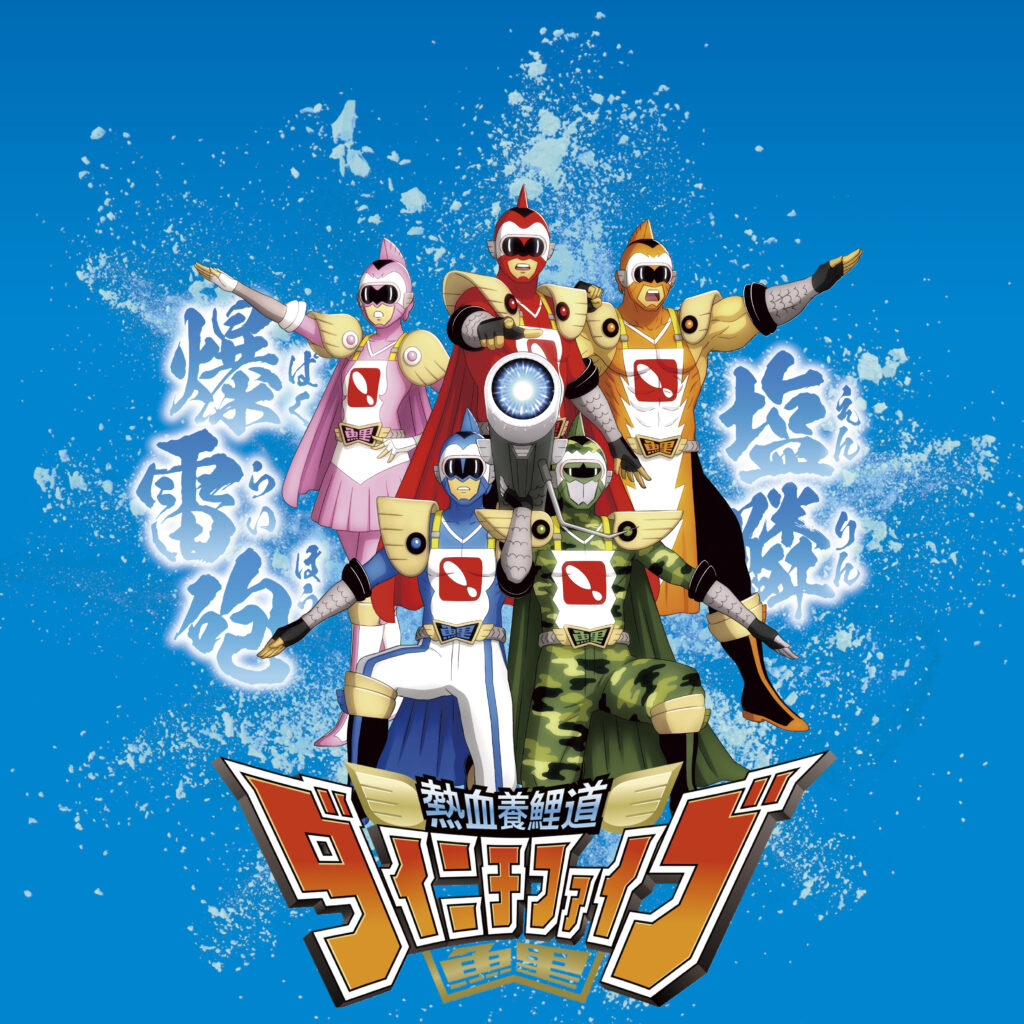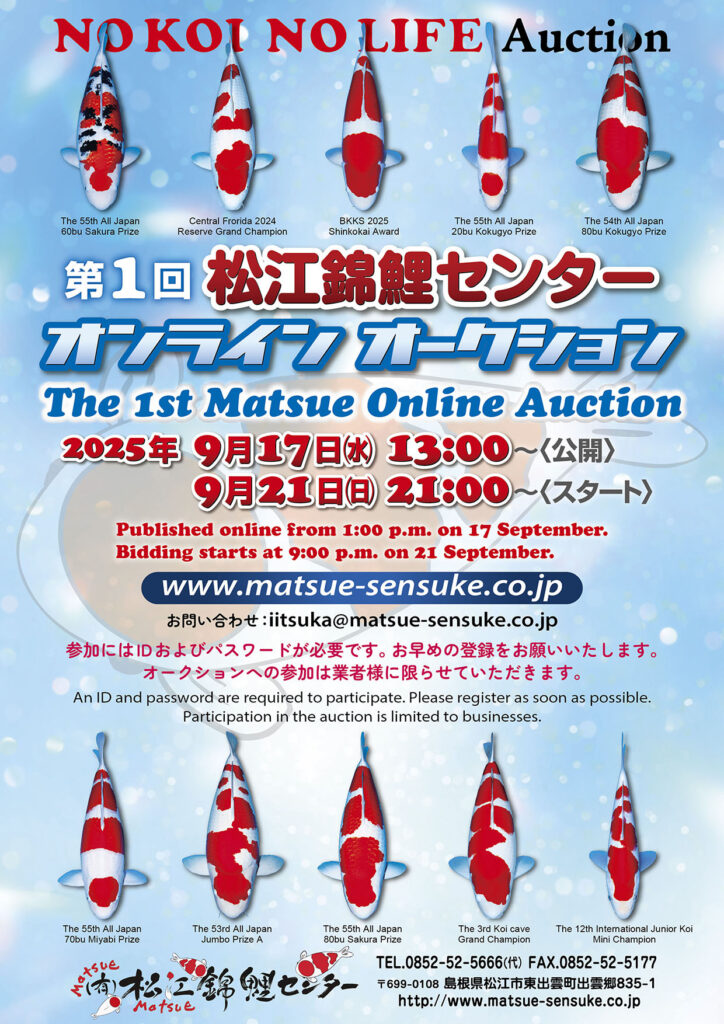Beni Kumonryu is in the world of art.
It’s unpredictable, but it brings joy through its transformations.
ー How do you select Beni Kumonryu based on what criteria?
Daiki: In the primary selection, we discard those that are solid white, solid red, have no red on the head (bald head), or appear yellowish-brown. We retain ones like those in photo (4). You can see some of the koi selected in the secondary in photo (5).
ー Typically, do you keep the size of koi harvested in autumn small?
Daiki: Yes. By autumn, we typically keep them from growing too large. We usually raise around 3,000 to about 10 cm, initially keeping them in small houses. Around May, we separate them into those that will be transferred to mud ponds for selection and those that will be kept in larger spring-fed ponds. For this type of breed, raising them in a spring-fed pond enhances the vividness of their red colouration. This year, we are focusing on spring-fed ponds, where we have placed around 215 fish, each about 20 cm in size, in a 28-ton pond.
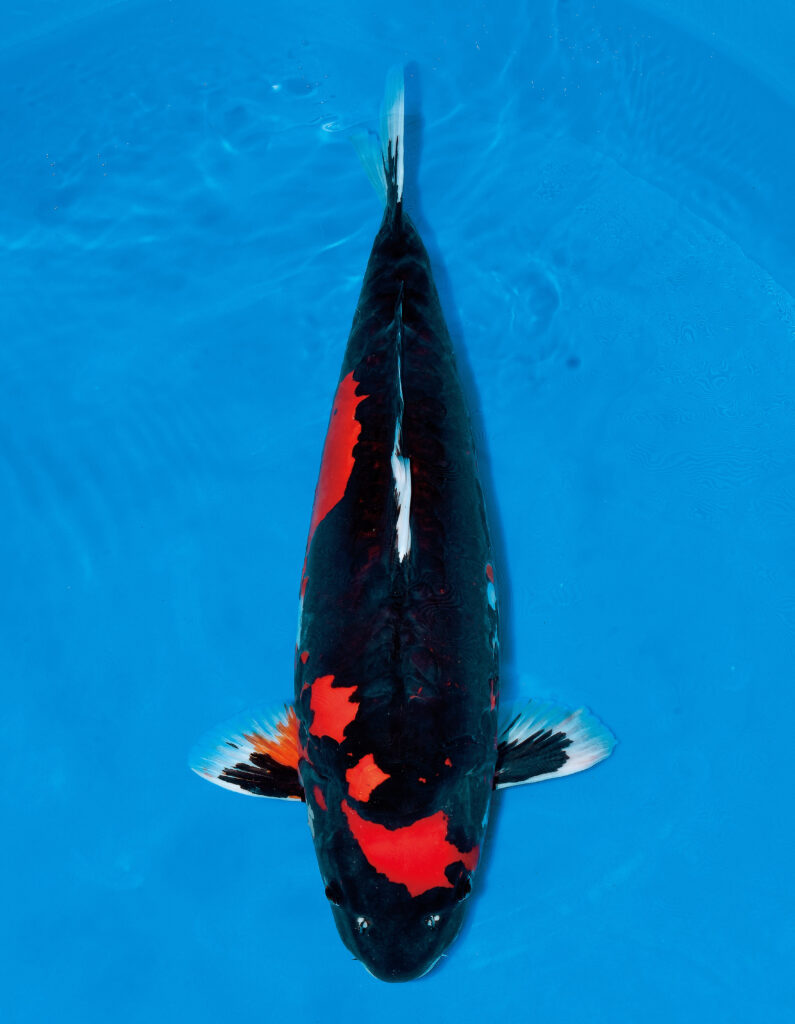
75bu 3rd Prize
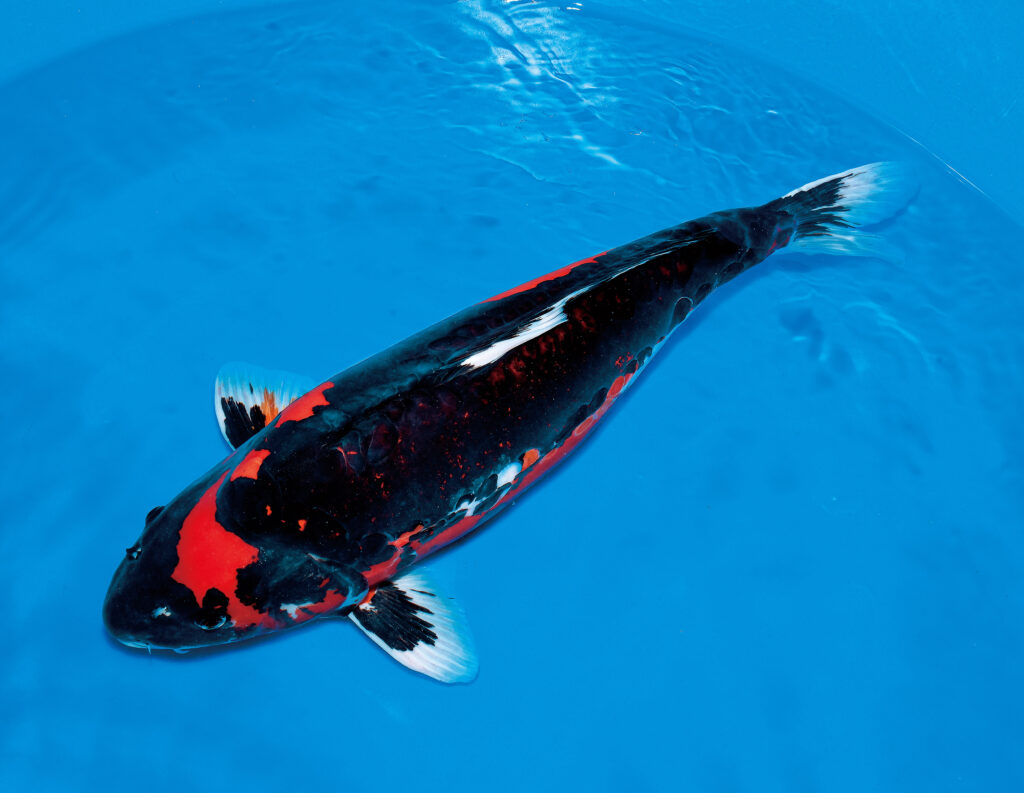

ー What are the challenges in breeding Beni Kumonryu?
Daiki: The unpredictability of the changes in the ink pattern is indeed a challenge. With varieties like Showa, you can generally predict the sumi pattern changes through kagesumi, but with Kumonryu, remarkable sumi can emerge unexpectedly from entirely white areas.
ー In such situations, it becomes difficult to determine what to keep.
Daiki: Exactly. That’s why we keep quite a lot. Also, since it takes time to reach maturity, it’s necessary to have plenty of stock ponds to manage it. Even after a year, there may still be entirely white ones, and because you never know when they might develop, it’s difficult to discard them.
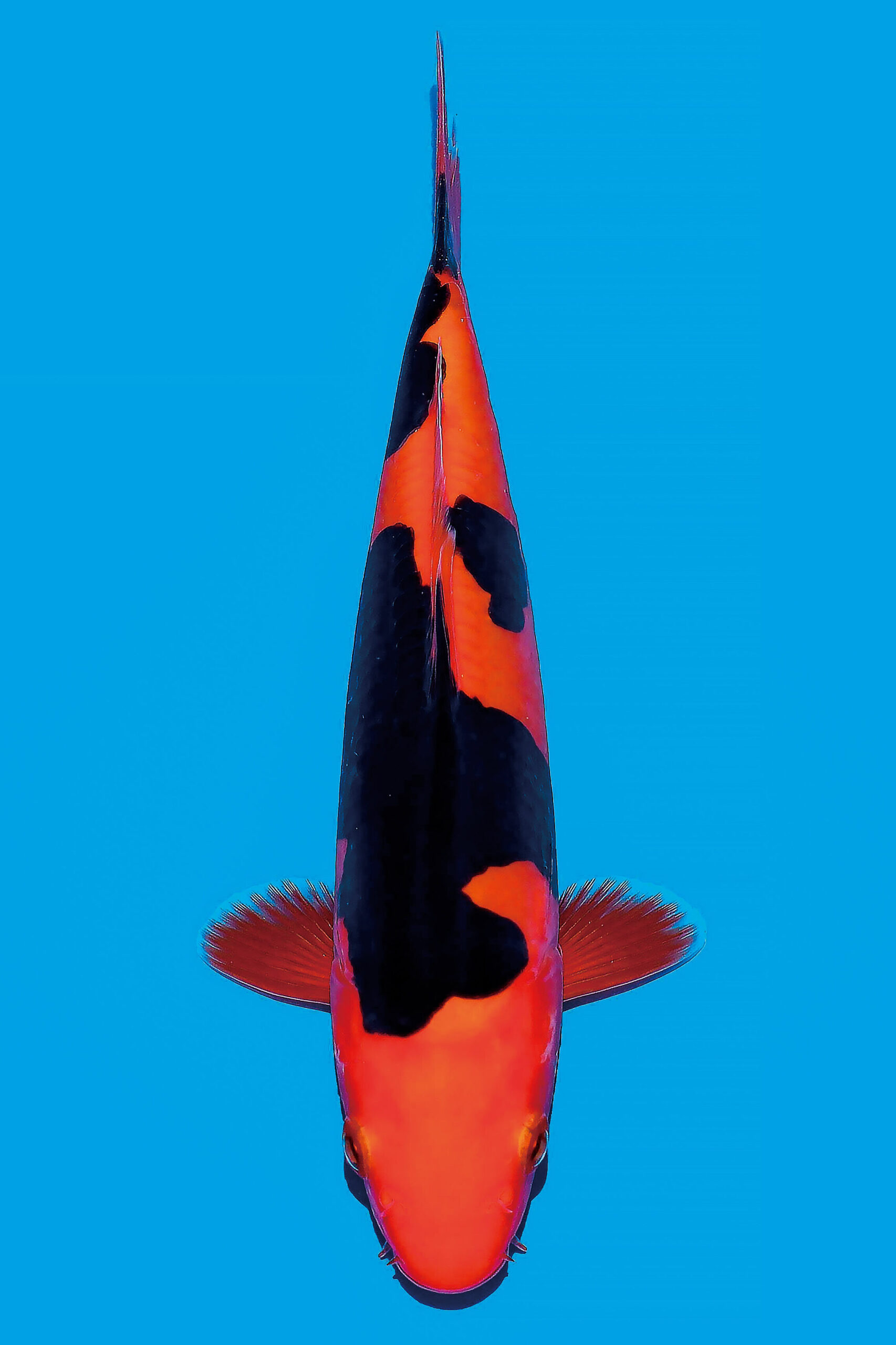
The 54th All Japan Nishikigoi Show
15bu 1st Prize
ー On the flip side, it’s a variety that allows you to enjoy the transformations more.
Daiki: Depending on how the sumi develops, a low-quality koi can transform into one suitable for koi shows. A solid white base can significantly alter the impression once sumi is added, even if the hi pattern is light. Once the sumi appears, everything falls into place—Beni Kumonryu becomes Beni Kumonryu (laughs).
ー What are the charms of Beni Kumonryu?
Daiki: The look is very flashy. Beni Kumonryu is like art. Compared to Wagoi (a koi with scale), its patterns are vibrant and sharp, with the added impact of the sumi.
ー Beni Kumonryu can be broadly categorized into two types: one with a white base featuring black and red patterns and another with an entirely red base with sumi patterns. Do you keep both types?
Daiki: Yes, exactly. A white base might be more favoured in koi shows, but there’s also demand for the completely red-bodied type, particularly if the sumi develops well. It really comes down to personal preference. In koi shows, evaluations may vary depending on the judges, and each type has its charm.
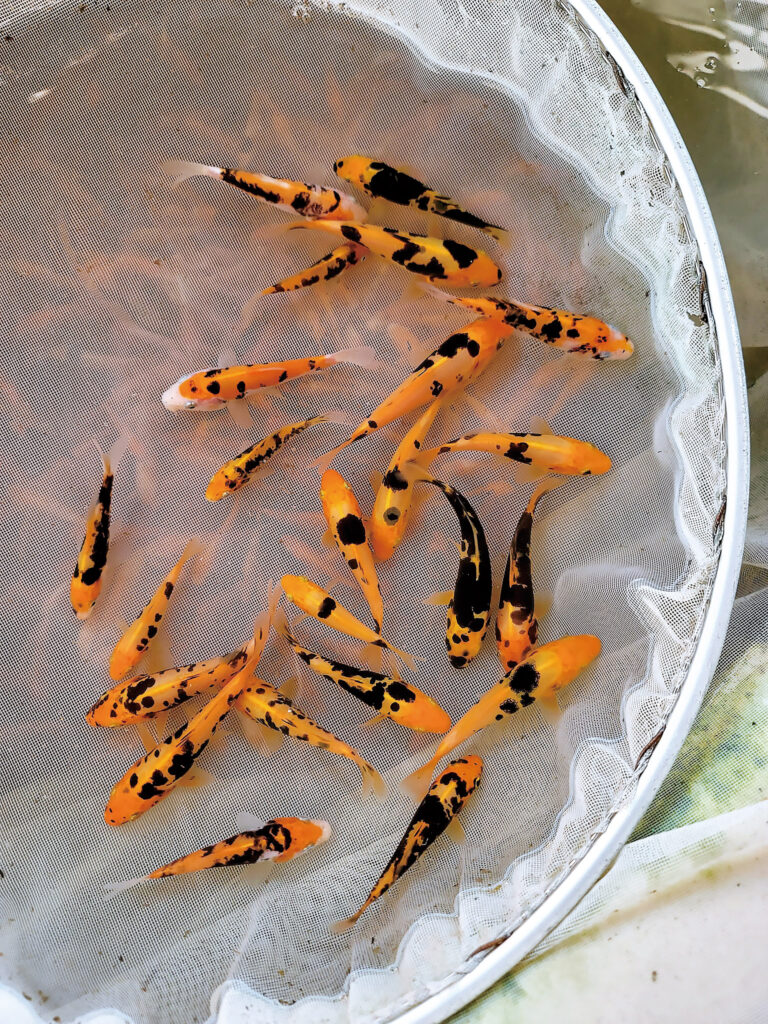
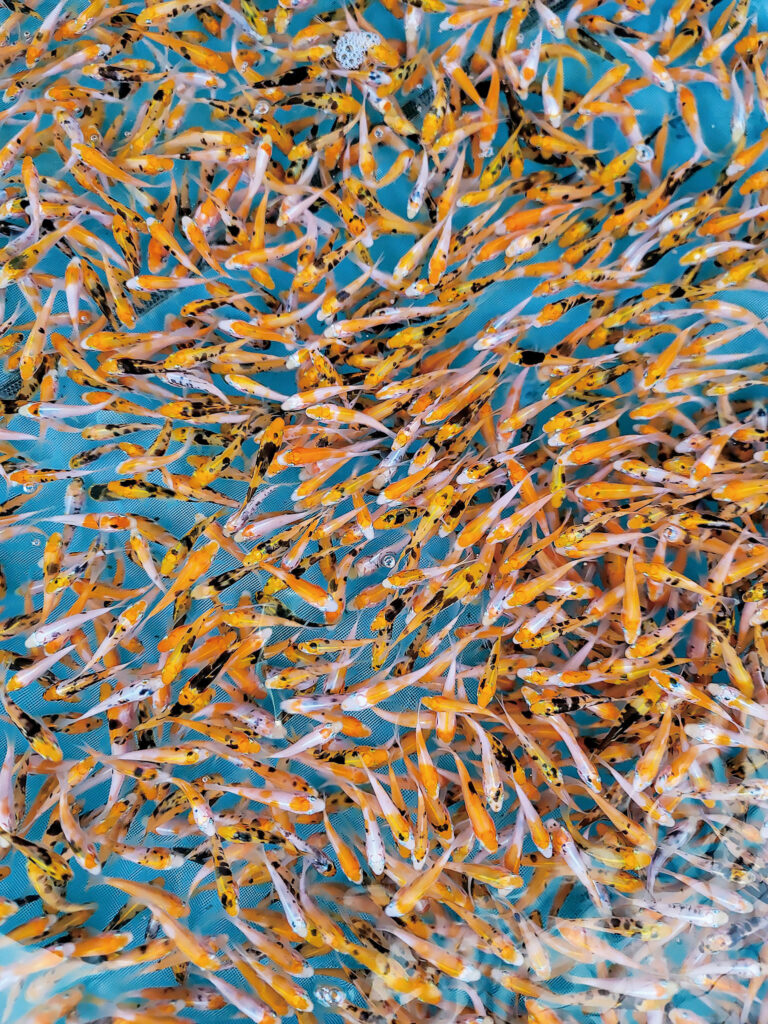
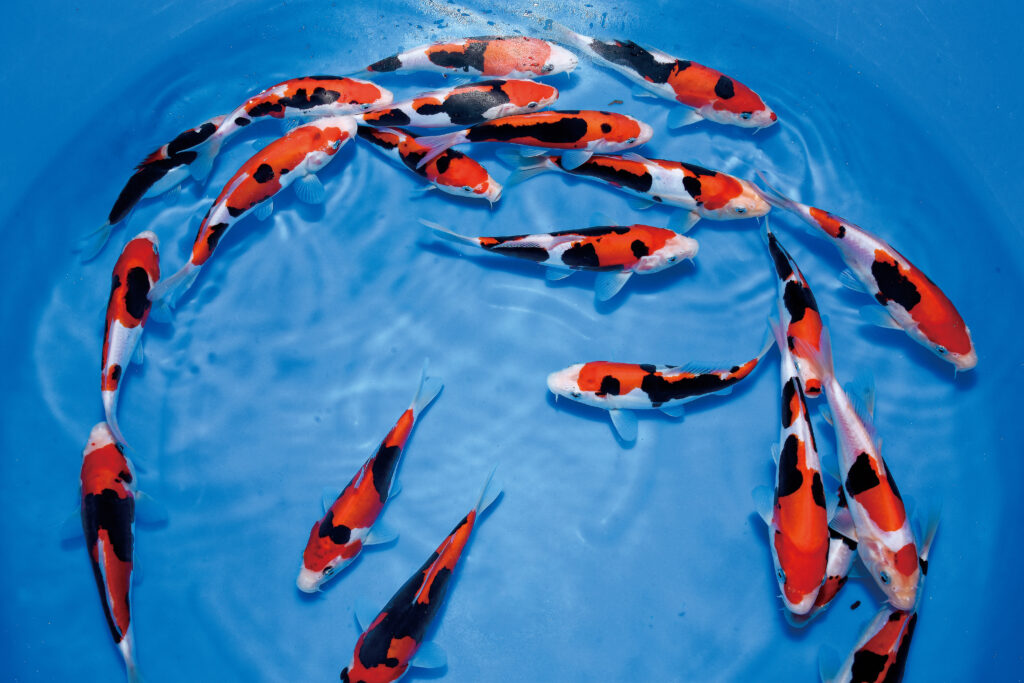
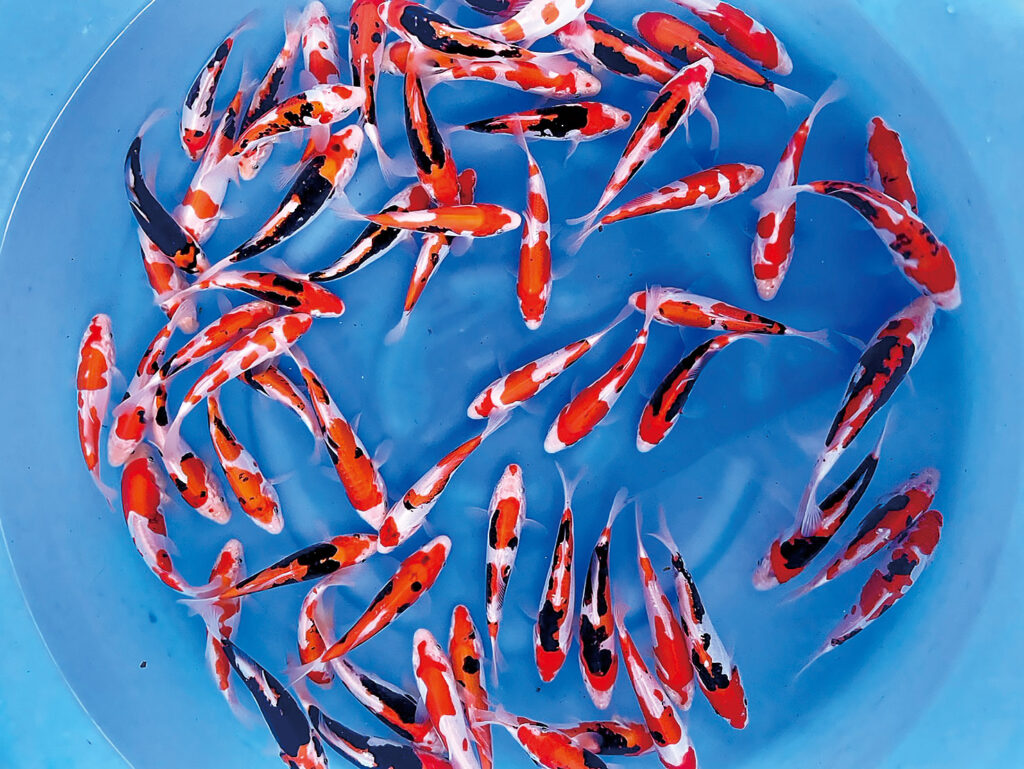
ー How much does Beni Kumonryu typically cost?
Daiki: Depending on the season, they can be sold starting from around 500 yen. Since Beni Kumonryu can develop dramatically, even at 500 yen, they might become exceptionally good in the future.
ー Every year, you hold an auction on your website. Do you also sell them there?
Daiki: Yes. We usually hold it around late October to November, just before the koi shows. If you’re interested, please check it out.
ー Thank you for your time during the busy selection process. I look forward to seeing this year’s Beni Kumonryu.
(Interview / 4 June 2024)
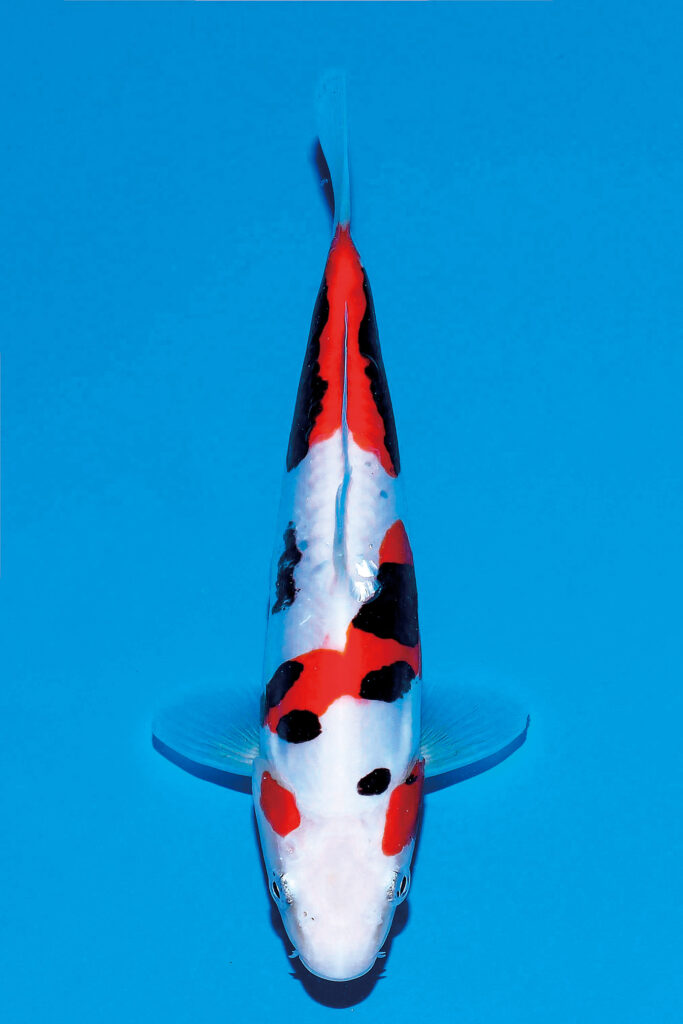
Show
18bu Gold Prize
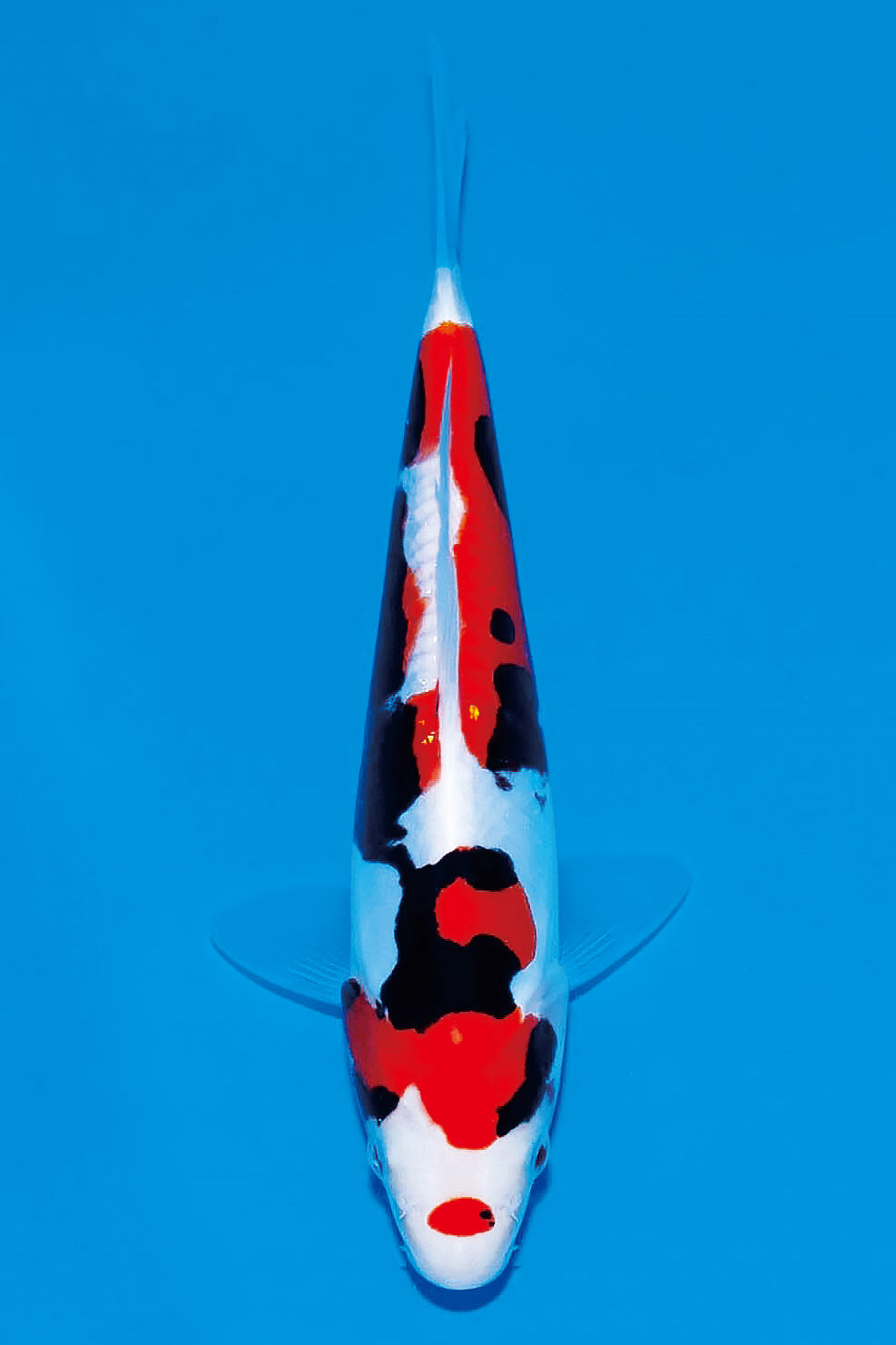
Show
21bu Gold Prize
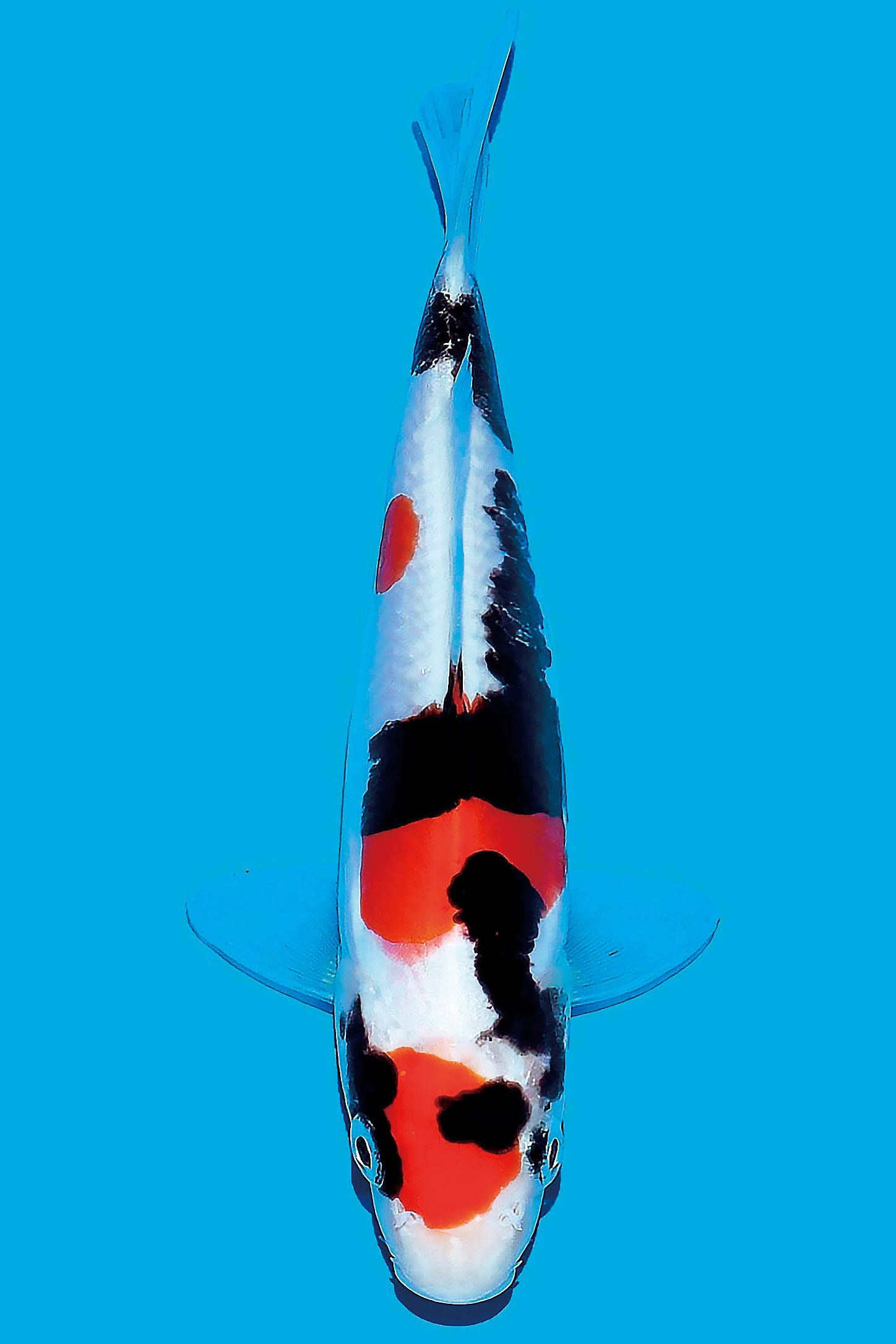
12bu 1st Prize
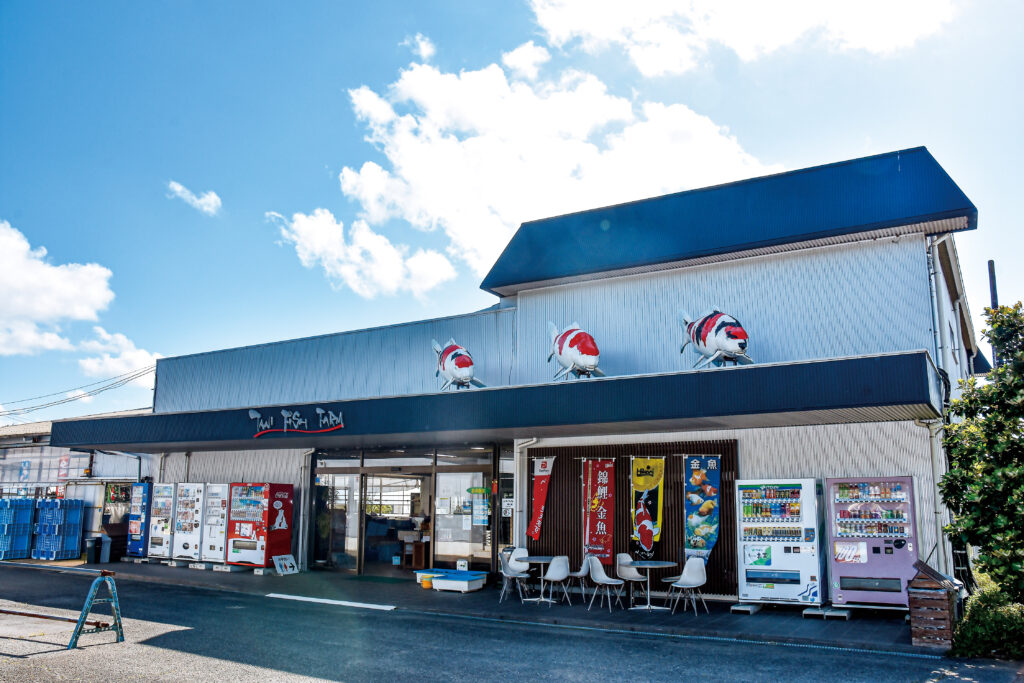
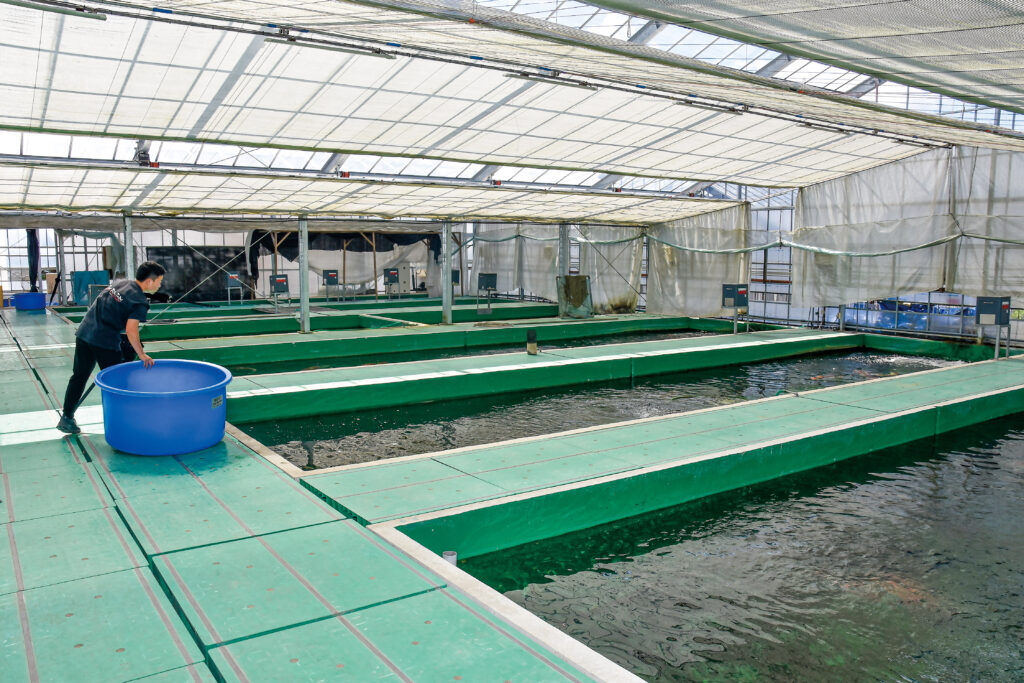
700 tons.

